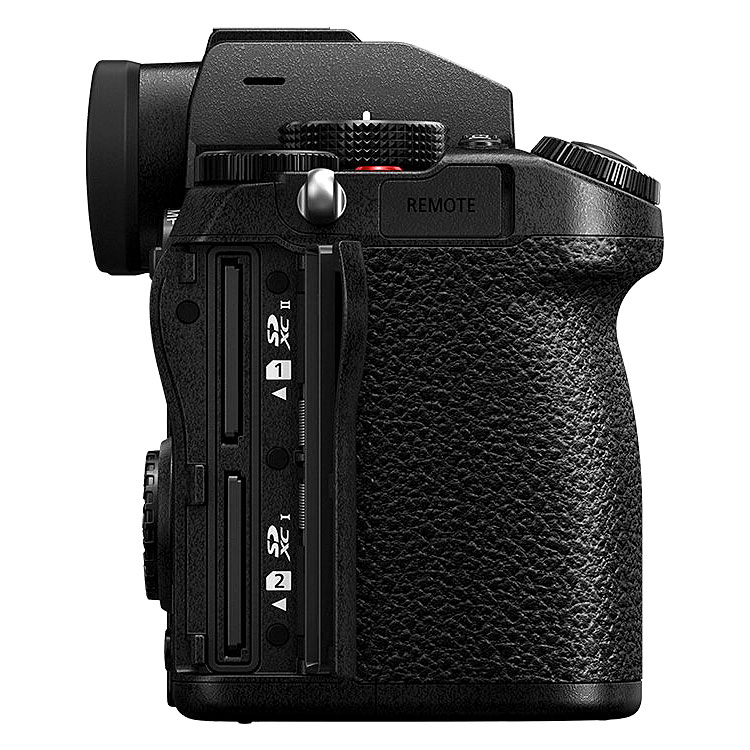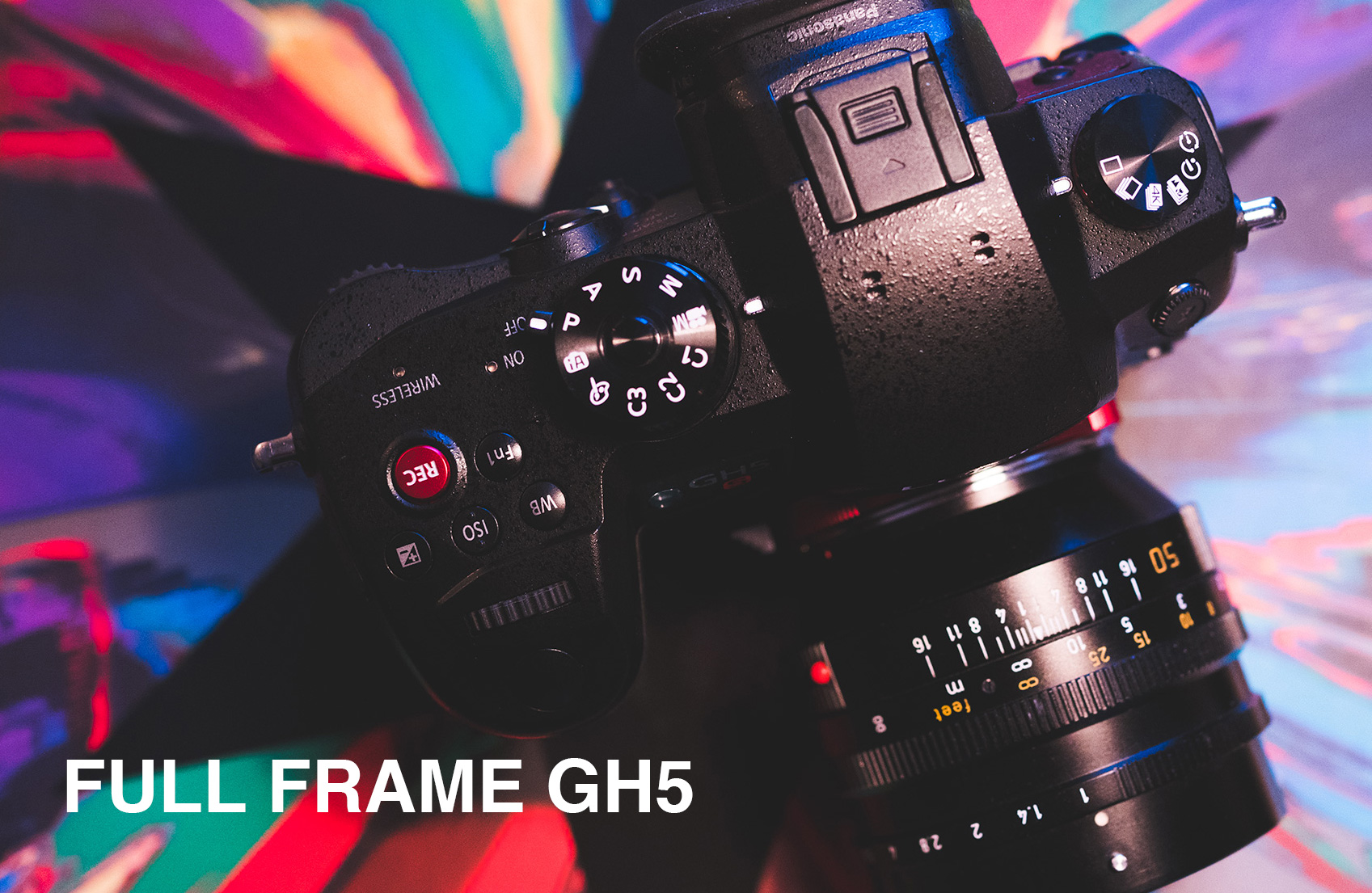

Oh, and it comes with dual SD card slots for worry-free redundancy. Additionally, you’ll find the usual assortment of 3.5mm and XLR microphone connections, on top of a LAN port. The Panasonic Lumix DC-S5 is a slimmer, more affordable full-frame camera, with loads of appeal for photographers shopping for an entry-level or midrange model. It’s also possible to connect 12 BS1H cameras together to create a multi-camera setup.
PANASONIC FULL FRAME SERIAL
Notably, it includes a USB 3.1 Type-C connection, an HDMI Type-A port and a 3G serial digital interface. Panasonic Lumix BS1H Full-Frame Box-Style Live & Cinema Camera is a modular digital cinema camera with a small form-factor that bellies its full-frame.
PANASONIC FULL FRAME ISO
Panasonic claims the BS1H’s sensor features more than 14 stops of dynamic range and the inclusion of both an optical low pass filter a Dual Native ISO feature help reduce moire and digital noise.īut if you’re looking at a box-style camera for yourself, you want one for the added connectivity options the format promises. Specifically, it’s capable of recording 6K video at up to 24 frames per second, 5.4K at 30 frames per second with a 3:2 crop and 5.9K at 30 frames per second with a 16:9 framing. LUMIX S5 is a high-quality, high-performance hybrid full-frame mirrorless camera designed especially for content creators, helping you bring your ideas. Like its predecessor, this latest release from the company takes an existing Panasonic camera, the full-frame S1H, and puts it in a new body.Īt the heart of the BS1H is a 24.2-megapixel CMOS sensor that can capture footage at up to a 6K resolution. Almost exactly one year later, Panasonic has announced the DC-BS1H. The company took the internals of its well-liked Micro Four Thirds GH5S and rehoused them in a body better suited for video production workloads. Panasonic is working on new HDR sensors which can capture huge a dynamicrange (not so far away from the concept developed by Fuji).In 2020, Panasonic announced the BGH1, its first-ever box-style camera. Sensor development goes not only in the direction of size, but of basic sensor concept. Everybody would talk about it! I believe that after the financial crisis, when things will be clearer, they will try to go this way if they have enough resources. They know a micro four thirds concept applied on a full frame sensor would make a lot of publicity in the techworld. The new cameras are based on the L-Mount standard, which boasts a well. But to get inside the market is quite difficult and not worth it for companies like Olympus, Panasonic, Pentax (with the exception of medium format), Fuji, etcģ) Will Olympus and Panasonic ever go full frame? Barcelona, Spain - After the development announcement at Photokina 2018, Panasonic is now proud to introduce the full specifications of its long-awaited first full-frame Digital Single Lens Mirrorless cameras, the LUMIX S1R and S1, with a 35mm full-frame CMOS sensor. It is important for companies which have a big pro-market. Real improvement can be made with new concept of camera size (like the Olympus m4/3 mockup), better LCD’s (Oled screens avaiable for 2010?), and maybe video recording capabilities. The full frame sensor renders natural, sharp images due to ample light capture per pixel, delivering excellence even in low light conditions.
PANASONIC FULL FRAME PROFESSIONAL
If you do pixel piping and huge big prints you will see a difference but that’s all. Designed with professional photo performance in mind, the LUMIX S Series perfectly illustrates the cutting-edge, customizable photo and video that LUMIX is famous for. Thirdly, the difference in quality terms between 4/3 sensor and full frame is small. Panasonic Lumix S5 Full-Frame Mirrorless Camera 4K 60p, 4:2:2 10-bit, Anamorphic mode support Slow & Quick Motion including FHD 180fps 96MP High Resolution. They don’t need full frame because it is simply to expensive for the great mass of people! Secondly, in time of crisis, development resources are small and you have to focus on existent technology trying to make them better.

One of our most important questions were about sensor size.ġ) Will Olympus and Panasonic ever go full frame?įirst short answer, it is not the right time for them to go full frame! Why? Over 90% of the market is driven by consumer oriented models.

We had some discussions with our trusted rumor sources.


 0 kommentar(er)
0 kommentar(er)
